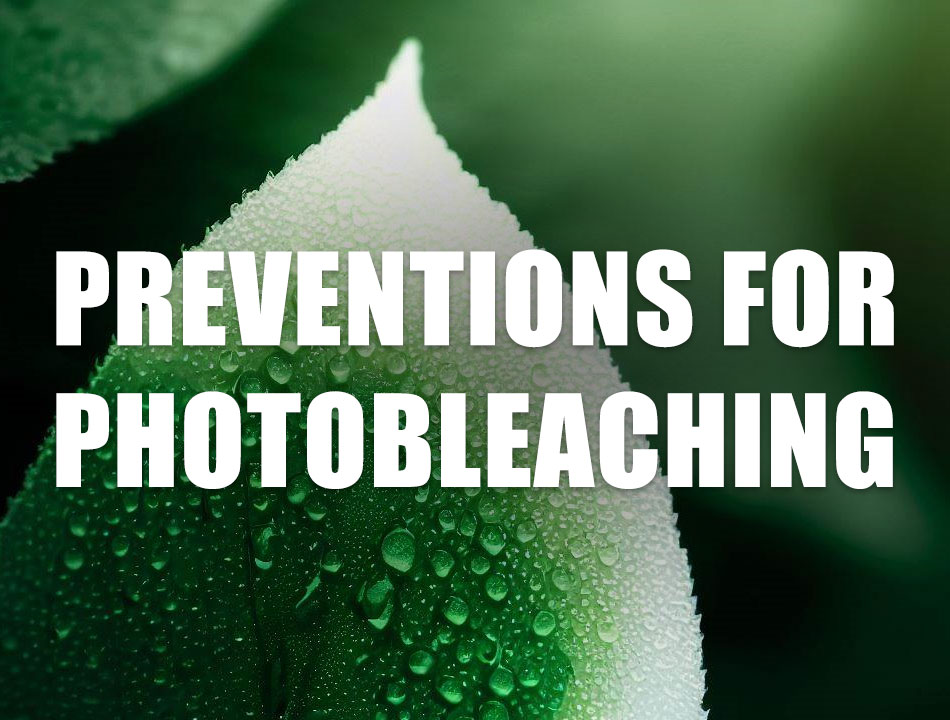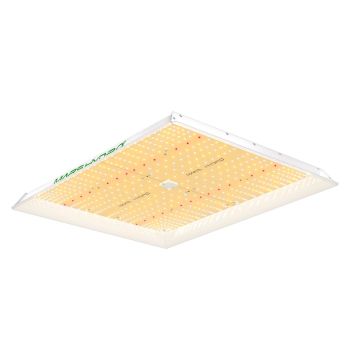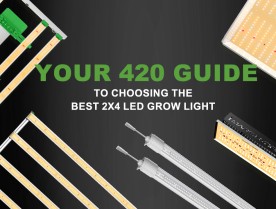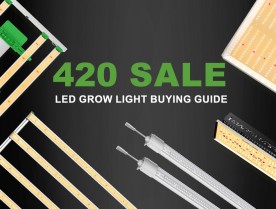
If you are an expert in growing medical weed, you probably know how important it is to provide your plants with the right amount and quality of light. Light is essential for photosynthesis, which converts water and carbon dioxide into sugars and oxygen. Photosynthesis also produces THC, CBD, terpenes, and other compounds that give weed its medicinal and recreational effects.
However, too much light can also be harmful to your plants. One of the possible consequences of excessive light exposure is photobleaching, a phenomenon that causes the buds to lose their color and potency. In this blog post, I will explain what photobleaching is, why it happens, and how you can avoid it.
What Is Photobleaching?
Photobleaching in plants refers to the light-induced loss of fluorescence in photosynthetic pigments such as chlorophyll and other fluorescent compounds. These pigments absorb light energy and convert it into chemical energy during photosynthesis, allowing the plant to grow and develop. However, when plants are exposed to high-intensity light for a prolonged period, these pigments can become damaged and lose their ability to function properly. This can lead to a reduction in photosynthetic efficiency, decreased plant growth and yield, and a decrease in the quality of the final product.
In weed growing, photobleaching is a term that describes the loss of pigmentation and potency in weed buds due to excessive light exposure. Photobleaching can affect any part of the plant, but it is more noticeable and problematic in the buds, where most of the biomass and terpenes are concentrated. Photobleached buds look white or pale yellow, as if they have been bleached by the sun. They also have a lower THC content and a weaker aroma and flavor than normal buds. Photobleaching can reduce the quality, yield, and saleability of your harvest significantly.
Why Does Photobleaching Happen?

Photobleaching happens when the light intensity exceeds the capacity of the plant to use it for photosynthesis. When this happens, the excess light energy damages the chlorophyll molecules, which are responsible for giving the plant its green color and absorbing light for photosynthesis.
While photobleaching can be a natural response to high-intensity light, it can also be exacerbated by environmental factors such as high temperatures, drought stress, or nutrient deficiencies. These factors can weaken the plant and make it more vulnerable to photobleaching, further reducing the efficiency of photosynthesis and growth.
When chlorophyll molecules are damaged, they cannot produce sugars and oxygen anymore. They also cannot produce valuable contents like terpenes, which are derived from sugars. As a result, the plant loses its color and potency.
How To Avoid Photobleaching In Weed?
Avoiding photobleaching in weed is critical to achieving optimal plant growth and yield, as well as ensuring the highest quality product.
Provide The Right Light Intensity
As a general rule of thumb, you should aim for a light intensity of around 600-800 micromoles per square meter per second (μmol/mˉ²/sˉ¹) during the vegetative stage and around 800-1000 μmol/mˉ²/sˉ¹ during the flowering stage. You can measure this using a PAR meter or a lux meter.
However, if you're growing with additional CO2, the canna plants can withstand around 800-1000 μmol/mˉ²/sˉ¹ at the veg stage and 1000-1500 μmol/mˉ²/sˉ¹ at the flowering stage.
Adjust The Light Distance Regularly
As plants grow and develop, their light requirements change, and the distance between the light source and the plants needs to be adjusted accordingly. If the light source is too close, the plants may be exposed to excessive levels of light, which can cause photobleaching and damage the photosynthetic pigments. On the other hand, if the light source is too far, the plants may not receive enough light, leading to reduced growth and yield.
By regularly adjusting the light distance, growers can ensure that the plants receive the optimal amount of light for their growth stage and light requirements. Adjusting the light distance can also help to prevent other issues such as light burn, which can occur when plants are exposed to high-intensity light for extended periods. You should always follow the manufacturer's recommendations for optimal distance and coverage. Check Mars Hydro Light Distance Guide for the right light distance for LED grow lights.

Ensure Uniform Light Distribution
Another way to avoid photobleaching is to ensure uniform light distribution for plants. Use light movers or rotating plants to ensure that all parts of the plant receive equal amounts of light. This can prevent hot spots or areas that receive too much or too little light.
Or just choose a LED grow light that provides light uniformly. For example, multi-bar style led grow lights (Mars Hydro FC Series and FC-E Series). These led lights emit the light evenly to avoid hot spots and accumulation of light in the center so as to prevent photobleaching.
Use Full Spectrum or Broad Spectrum Light
Although we mentioned that it's better to keep PPFD under 1500 μmol/mˉ²/sˉ¹ to avoid photobleaching, most weed cultivars won't experience photobleaching up to a PPFD level of around 2,500 μmol/mˉ²/sˉ¹ (with the relative level of CO2), as long as the light spectrum is a full spectrum or broad spectrum.
However, if your light is providing a sub-optimal spectrum or only providing certain wavelengths, photobleaching is more likely to happen. You'll have to decrease light intensity to avoid this but it will lead to the loss of final yields.
If you would like to explore more about what kinds of spectra are full and broad spectrum and their implications, check out the Spectrum Guide here.
Keep An Eye On The Temperature
High temperatures can exacerbate the effects of photobleaching and cause additional stress to the plant.
Ideally, the temperature should be maintained between 65°F to 80°F during the day and 60°F to 70°F at night. If the temperature rises above this range, it may be necessary to adjust the grow room ventilation or add additional cooling mechanisms, such as air conditioning or fans. Be careful, lighting sources can also release heat.
Monitor Your Plants Regularly
Finally, you should monitor your plants regularly for signs of photobleaching or other forms of stress. If you notice any white or pale buds, you should reduce the light intensity or move them further away from the light source. You should also check for other factors that could be affecting your plants' health, such as temperature, humidity, ventilation, nutrients, pH, pests, and diseases.
Conclusion of Photobleaching In Weed Plants
In conclusion, photobleaching is a common issue that weed growers face when optimizing lighting conditions for their plants. By the prevention strategies mentioned above, growers can reduce the risk of photobleaching and promote optimal plant growth and more successful harvests.
We hope this blog post has helped you understand what photobleaching is and how to avoid it. If you have any questions or comments, feel free to leave them below.








